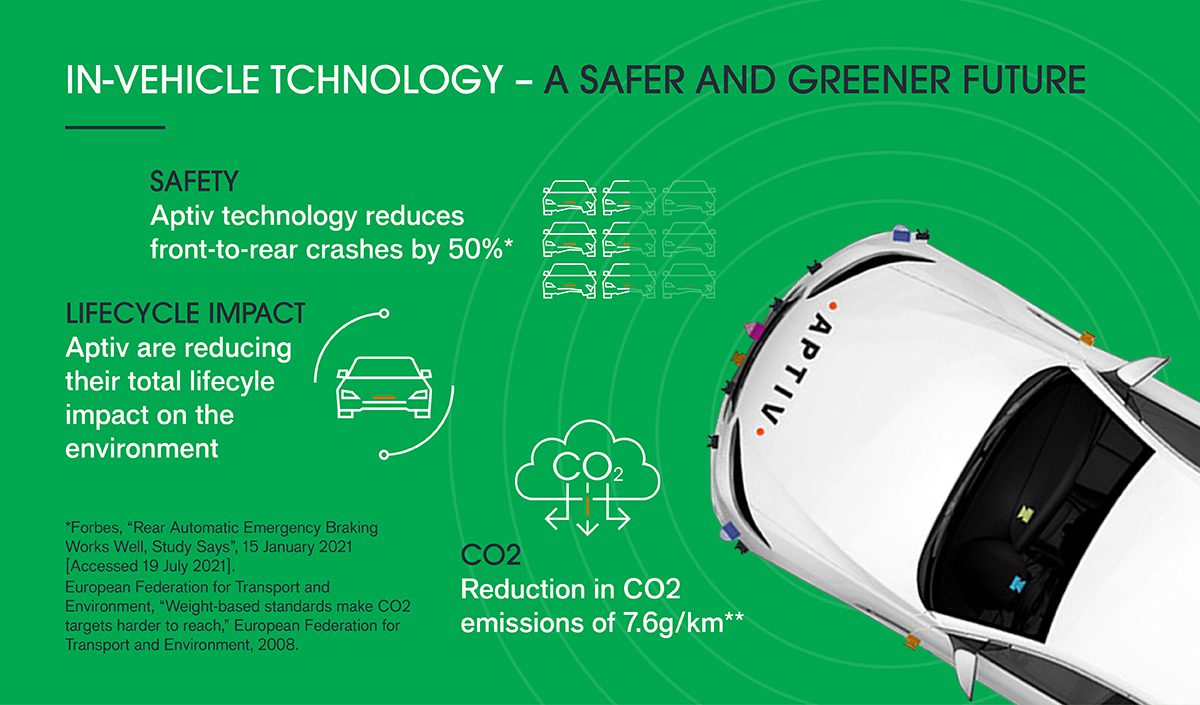Subscribe
Sign up for timely perspectives delivered to your inbox.

While new technology developed by the automotive industry has made modern vehicles safer, more efficient and more environmentally sustainable than ever before, efforts to improve road safety and to reduce the number of road traffic deaths and injuries are still needed.
According to the World Health Organization (WHO), road traffic accidents cause the deaths of 1.3 million people each year, and leave 20-50 million people with non-fatal injuries, creating a huge drain on global healthcare resources.1 More than half of all road traffic deaths are among vulnerable road users, namely pedestrians, cyclists and motorcyclists.2 Car accidents are also bad for the environment too, often resulting in petrol, oil and other fluid leaks that emit harmful chemicals into the environment. Most vehicles involved in an accident are scrapped and replaced, ending up as landfill.
In August 2020, the UN General Assembly adopted a resolution on ‘Improving global road safety’, including an ambitious target of preventing at least 50% of road traffic deaths and injuries by 2030.4 This means there is a real opportunity for companies that are applying state-of-the-art technology to make modern cars safer, smarter, and more sustainable.
Aptiv is a global leader in the automotive technology industry and believes that ‘active safety’ plays a crucial role in preventing road traffic accidents. From its headquarters in North America, Aptiv is delivering mobility technologies, such as radar sensors, driver assistance and automated driving options, that are designed to better connect drivers with their vehicles and surroundings, and to make roads safer for all users.

Car safety has come a long way since General Motors performed its first-ever crash test in 1934. In the 1950s, a number of safety features were introduced, including airbags, more reliable braking systems and the three-point seatbelt. The ’50s also saw the introduction of the ‘crumple zone’ concept, where cars could be designed to protect drivers and passengers by absorbing the impact of a collision. Unfortunately, it took considerably longer before these safety features became mandatory in all vehicles.
Of course, car safety begins with the driver. The National Highway Traffic Safety Administration estimates that 94% of all crashes are due to driver error, with an estimated 85% of those crashes caused by:
Active safety systems are the primary safety feature for automobiles, as they play a crucial role in preventing an accident from occurring. Aptiv’s current active safety systems are Level 1 and 2 on the autonomy scale. Level 5, meanwhile, represents a commercially viable, fully autonomous vehicle. As well as offering broader mobility access for drivers, autonomous vehicles are expected to significantly reduce the number of driving-related accidents and crashes.
Aptiv’s blindspot monitor and lane/side-view cameras are good examples of advanced driver-assistance systems. The blind spot monitor alerts drivers to obstacles present in blind spots around the vehicle and the lane/side-view cameras keep the driver aware of traffic during lane changes. Aptiv estimates these two forms of technology could help prevent almost 400,000 crashes in the US per year.
1 World Health Organization, “Road traffic injuries”, 7 February 2020. [Accessed 19 July 2021].
2 World Health Organization, “Road traffic injuries”, 7 February 2020. [Accessed 19 July 2021].
3 World Health Organization, “Road traffic injuries”, 7 February 2020. [Accessed 19 July 2021].
4 United Nations, ‘Streets for Life’ campaign, [Accessed 19 July 2021].
5 AA, ‘The evolution of car safety features’, [Accessed 19 July 2021].
6 S. Singh, “Critical Reasons for Crashes Investigated in the National Motor Vehicle Crash Causation Survey,” National Highway Traffic Safety Administration, Washington DC, 2015.
7 PR Newswire, “Introducing Motional: The Hyundai Motor Group and Aptiv Autonomous Driving Joint Venture Unveils New Identity”, 11 August, 2020 [Accessed 19 July 2021].
8 Forbes, “Rear Automatic Emergency Braking Works Well, Study Says”, 15 January 2021 [Accessed 19 July 2021].